
It is well known that Korean winters are pretty harsh, and the wind is blazing everywhere. A lot of expats, are quite afraid to open the heating system due to high prices and they suffer during the winter times.
This article will help you, understand what ondol is, the Korean traditional heating system, or floor heating, to see some other alternatives, and of course, to prepare your home for the cold times.
Ondol or 온돌
Throughout history, it was underfloor heating that uses the heating from underneath a thick stone floor directly from wood smoke. Today, it can refer to any kind of underfloor heating, that is built in a Korean style rather than a Western one.

Therefore the "ondol" is this system of hot water pipes running under the floor and heating almost all Korean homes as well as a large number of buildings. There aren't many things like space heaters and central heating ducts in Korea. According to what we have seen and read, electric heaters only have a 40% efficiency rating when compared to ondol, which uses gas to heat water that is dispersed under the floor. However, pure-electric "ondol" is also available nowadays.

The main heating system (water and floor) in one house has four main pipes. The two pipes on the left are used to heat the floor of the house. From the outside, through the water meter, cold water is supplied to the system through the most left pipe in the drawing, and hot water for the bathroom and kitchen comes through the first left pipe from the last two, in the drawing.
As you can see, they use hot water to heat the floor. And that's because the pipes through which the hot water travels are installed under the floor. There's also a gas pipe, the yellow one in the middle, that has to be opened near the boiler for the heat to be able to function.
The gas pipes for the boiler and for the stove are usually different.

How to use a Korean floor heating and hot water system
When staying in a Korean house, there may be a small controller (thermostat) on the wall. When you turn it on, you can get hot water or floor heating (or both). The problem is that there are dozens of thermostat manufacturers in Korea and all of them are written in Korean. It can be confusing for foreigners as they cannot speak or read Korean. We hope this post will help you stay warm during the winter while you are in Korea.
First, check the manufacturer name, even if the controller isn't like the one you have at home, it works similarly. We will try to teach you how to use a Korean floor heating and hot water system.
Rinnai Boiler/린나이 보일러 type 1

Power/전원: On / Off (Reset)/켜기 / 끄기 (리셋)
Display: Temperature/온도 (LED working light: lights up while the boiler is running)
Hot Water/온수: Select the temperature of hot water for bathing and showering. Temperature: low (저) medium (중) high (고)
Heating/난방: Heating temperature button, spinning. Low (저) / High (고)
Going out mode/외출: Make the heating system low temperature.
Heating Off/꺼짐: To turn off the heating (usually used in summer).
Schedule/예약: Schedule boiler start-up and stop times.
Room heating/실온 / Floor heating (boiler temperature)/온돌: Select an item to set.
Rinnai Boiler/린나이 보일러 type 2

Power/전원: On / Off
Current underfloor heating temperature/현재.
Water temperature for showering. (usually set to 45)
Underfloor heating/난방: On/Off.
Hot Water/온수: Turn on/off.
Up/Down/올림/내림: Increase or decrease the target value of a specific function (floor heating/water - 난방/물).
Power saving mode/절약: Set the maximum floor heating temperature to 25 degrees to save on gas costs. (It does not rise automatically.)
Exit function/외출: Make the heating system low temperature.
Schedule /예약: Schedule boiler start-up and stop times.
Rinnai Boiler/린나이 보일러 type 3

Power/전원: On / Off (Reset)/켜기 / 끄기 (리셋)
LED working light/운전: lights up while the boiler is running.
Hot Water Only/온수 전용: Choose to provide hot water only (no underfloor heating/typically used in summer).
Hot water and underfloor heating/난방 온수: Choose to provide both hot water and underfloor heating (in winter).
Exit function/외출: Make the heating system low temperature.
Heating/난방 수 온도 조절: Floor heating temperature control wheel.
Water temperature/온수 온도 조절: low (저온) high (고온).
Rinnai Boiler/린나이 보일러 type 4

Hot Water/온수: Select hot water supply (summer and winter).
Water temperature/온수 온도: low - medium - high (낮음 – 중간 – 높음)
Underfloor heating/난방: Activate underfloor heating (winter only).
Underfloor heating temperature/난방 온도: low (저온) high (고온).
LED working indicator/연소: The boiler burner is on.
Exit function/외출: Make the heating system low temperature.
Schedule/예약: Schedule boiler start-up and stop times.
Other examples of pictures with English translation from 10원 Tips.
How to reduce your gas bill
If you have never used a gas boiler in Korea, you will be surprised when you receive your bill. There are many factors that determine the cost of gas for a boiler, so it's hard to say how much you'll be charged. It depends on a variety of reasons, such as the number and size of rooms, outside temperature, set room temperature, hot water usage, and whether or not a gas stove is used.
Common tips to reduce gas bills:
When going out, set the 'Departure mode/ Going out mode' or '출발/외출'
Do not turn off the boiler when the temperature rises sharply, as it consumes the most gas.
Insulate windows with bubble wrap and use weather strips on doors.
Reduce hot water use
After using the faucet, turn the handle to cold water
Consider using an electric mat or heater
Electric heaters and humidifiers help maintain indoor temperature by circulating indoor air
When using a gas stove, using medium heat rather than strong heat will help save on gas costs
In case of any error or floor heating not working, check:
1. If you have problems with heating or hot water:
Check your wall controller settings and see if there are any error codes.
If there is an error code, look up the code on the internet.
Check that the power plug of the main heating system body is securely plugged in.
Check that the gas and distributor valves are open.
2. You only have cold water, but not hot water:
After you check all of the above.
Make sure the cold water valve is open.
If it's cold outside, the water inlet may freeze.
Remove the insulation and defrost the pipes, the hot water pipe, and the cold water pipe, with a dryer or heater.
You can wrap the two pipes with a towel and pour warm water on top (no more than 60 degrees Celsius).
3. You have neither hot nor cold water:
After checking all of the above.
Check with your neighbors/landlord for water supply problems.
If it's not a water issue and it's cold outside, your water supply line may be frozen.
The area around the water meter is exposed to the outside and is easy to freeze.
For this contact your local plumber.
How to prevent pipes from freezing
Don't turn off the heating system when you go out (at least set it to "외출").
Keep the pipes insulated with properly sized pipe insulation foam.
Open the hot water faucet slightly and let the water run at night or when you are outside.
Alternatives to save on heating during Korean winters:
Electric heating mat
In South Korea, electric heating mats or 전기 매트 are extremely popular. Although floor heating is a common feature in Korean homes, it can be expensive to keep on all the time.
Instead, a lot of people decide to get an electric heating mat and set it in the area of their home where they spend the most time—often in front of the TV in the living room.
A heating mat might cost somewhere between 50,000 and 300,000 won. It may be worthwhile to pay a little extra money because the safer the mattresses tend to be, the more expensive they are.
2. Electric Blanket
A smaller, less complicated form of an electric floor mat is an electric blanket. You can place it on your sofa or bed because it is lightweight and portable.
The blankets are quite affordable and get incredibly warm and comfy. It is a winter need for those who live alone.
The blankets frequently only come in one size, which is a drawback. To prevent burn injuries, you should also be mindful of the temperature and how long you leave it on. In Korean is called 전기요 or 전기장판.
3. Hot packs
Despite how cozy our electric mattresses in front of the TV may be, we occasionally need to walk outside or we just want to prevent the high cost of electricity or gas.
What substitute do Koreans use? Warm packets!
Hot packs or 핫팩 are quite useful and many of them last all day, not to mention very cheap. Just watch out that they aren't too hot or you could be burned. Also, some of them can be stuck on clothes or shoes.
Hot packs are available in Daiso, convenience stores, and other retailers.
4. Electric Heater
Purchase a portable heater for your room. They range in price from 30,000 to 75,000 won for a single unit, and depending on the heater's size, they can be a big aid in warming up a big room. If you spend most of your time in one particular room of the house or at night when you are sleeping, this is the ideal choice. In Korean is called 전기히터 or simple 히터.
5. Winter blankets or mattresses
Make sure your blankets are an appropriate thickness to keep you warm or consider getting another one. Koreans have special blankets or small mattresses for winter. They are made of special material that isolates the outside cold from the inside. Those are a cheaper alternative to the ones above and they don't require any electricity. They are made similar to sleeping bags, or tent mattresses. These blankets or 이불 are a good alternative for a cold day.
How to prepare your house for the winter:
Bubble wrap on windows
Koreans enjoy covering their windows with bubble paper. While it does obscure natural light, it can also be used to close holes where chilly winds could enter.
Even though many people contend that entirely airless, sealed-up rooms are bad for human health, for Koreans, it is preferable to wake up cold in the middle of the night. These materials, which are frequently referred to as air caps in Korean 에어캡 or 단열시트 for particular window insulation sheets, can be applied to glass if the glass is first dampened with water. It's possible that you have a tiny amount of bubble wrap leftover from your move that can be used to waterproof items. Keep the bubble wrap from delivery parcels as an inexpensive alternative. You can buy it at Daiso or online.
Insulating the doors and windows with foam or weather strips
Foam and Styrofoam can be used to convert regular doors into insulated doors.
Heat flow via these openings will be stopped with just a layer of Styrofoam and then a layer of foam placed around the door and wall gaps. Weather strips made of foam, plastic, or faux fur are often available in a wide range at different retailers. Terms like "외풍차단테이프" and "문풍지" in the Korean language can be used when purchasing them. These types can be found in supermarkets, Daiso, or online.
Windproof vinyl
Instead of using bubble wrap, Koreans also use it to protect themselves, the windproof vinyl or 방풍비닐. They stick it on the window and the wind cannot enter the house anymore. This is a relatively new method, however, it is very effective.
These explanations will help you turn on floor heating and hot water while experiencing cold weather in Korea, and also improve your home insulation or prepare yourself in advance by purchasing the proper materials. Please let us know if you run into any issues, or if you need more information about anything else.









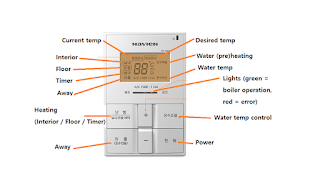
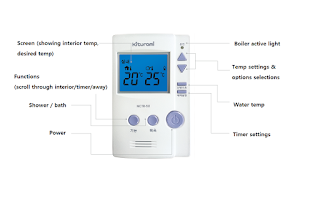
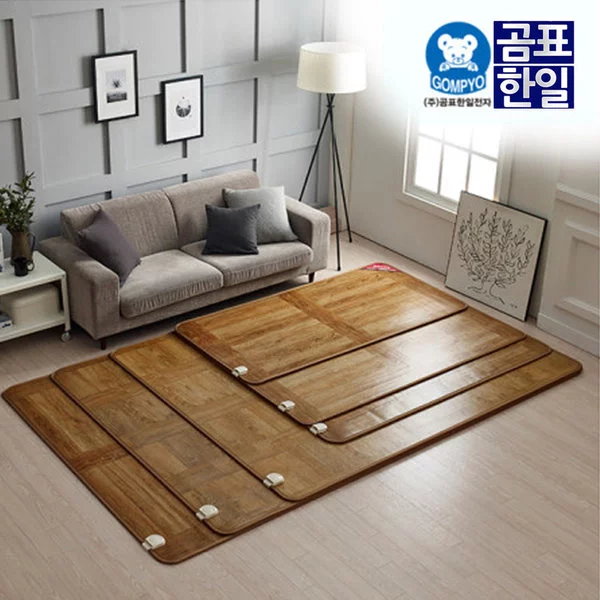












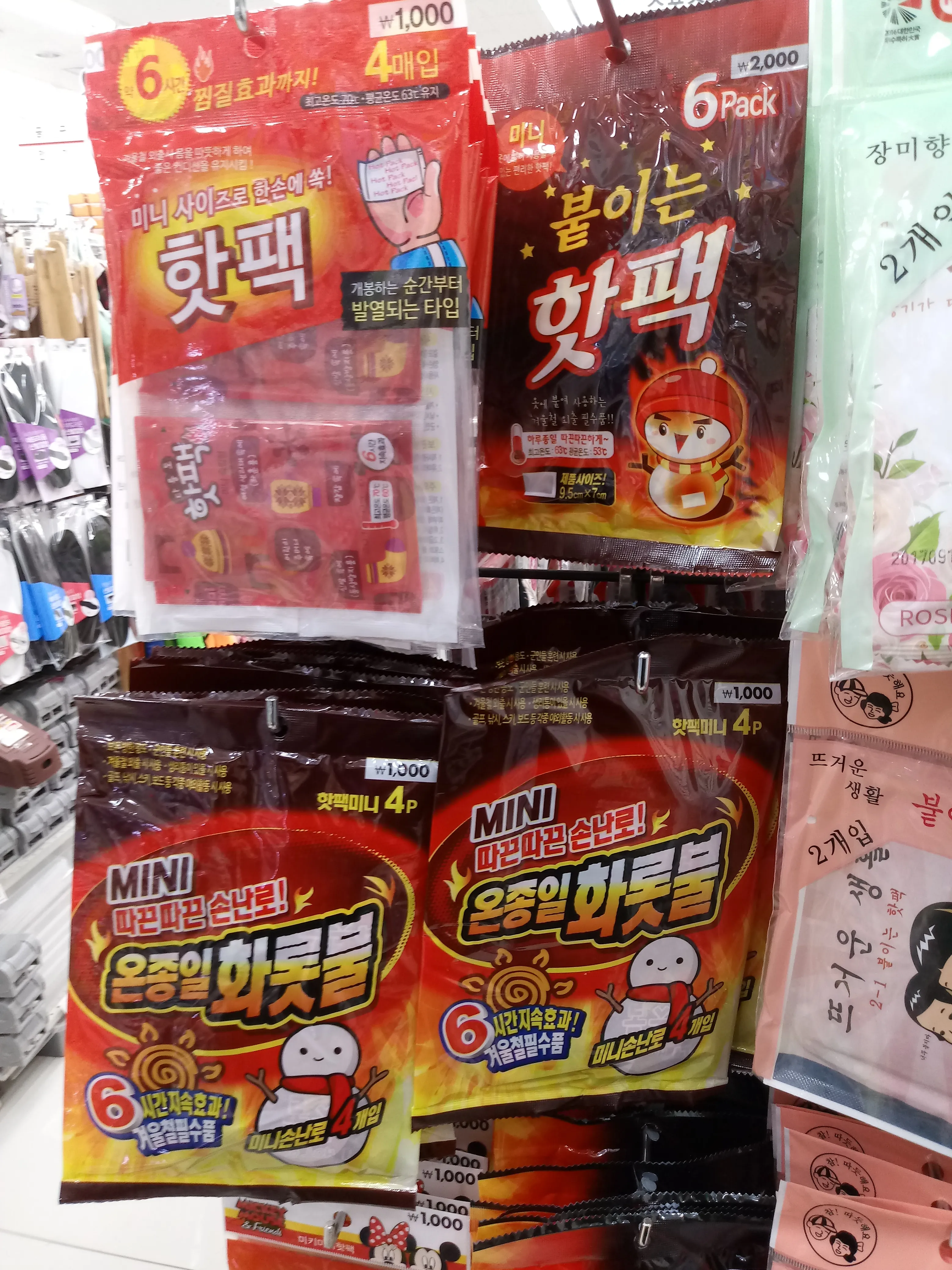






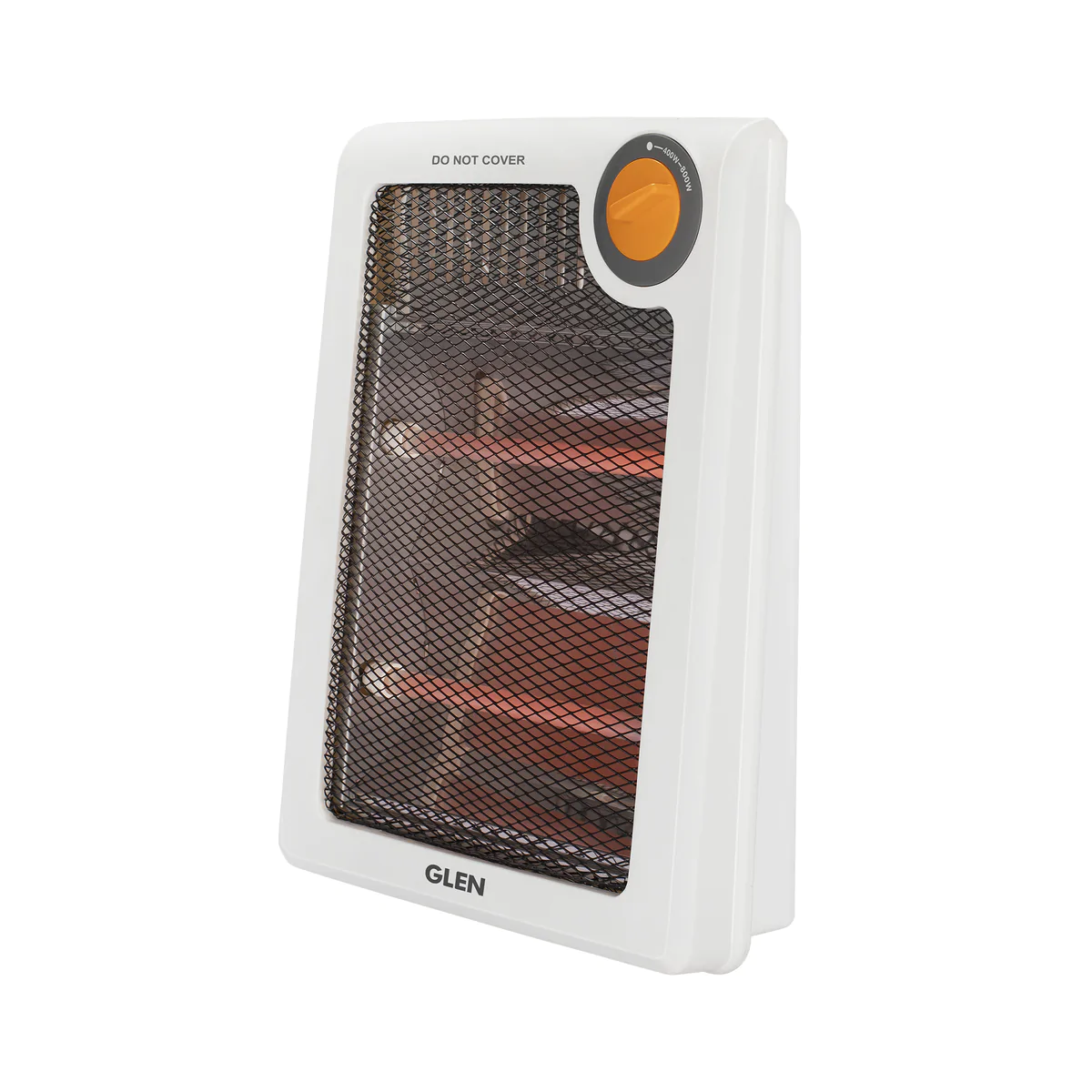


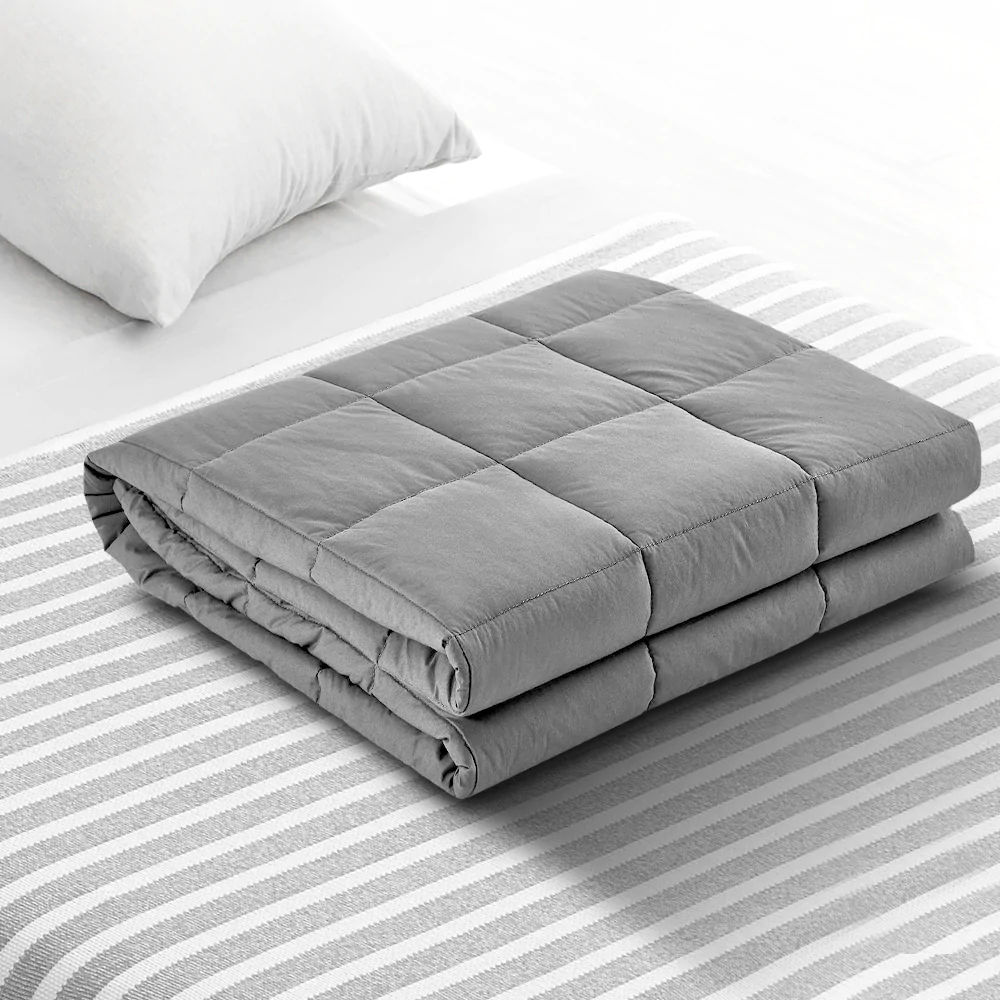
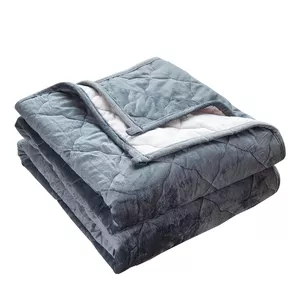
























Comments